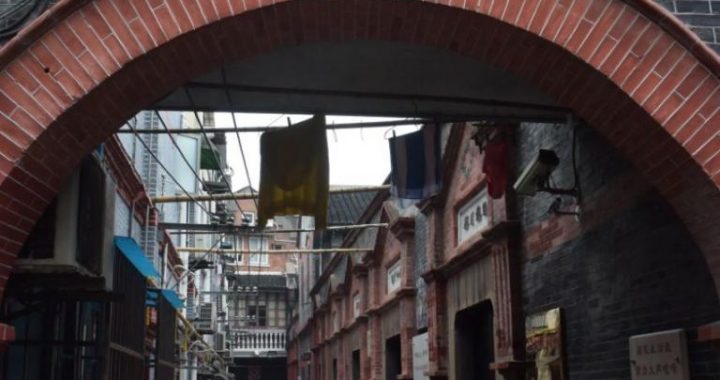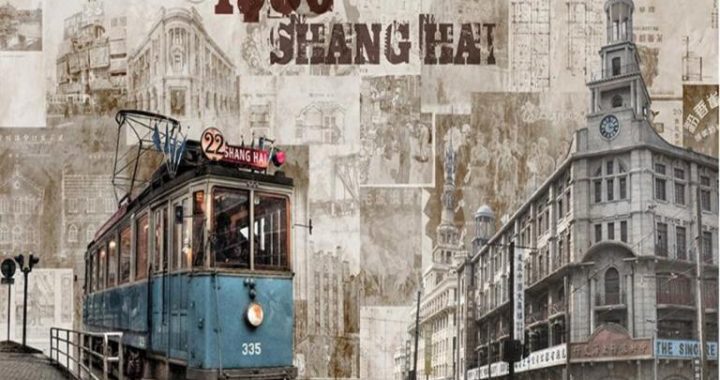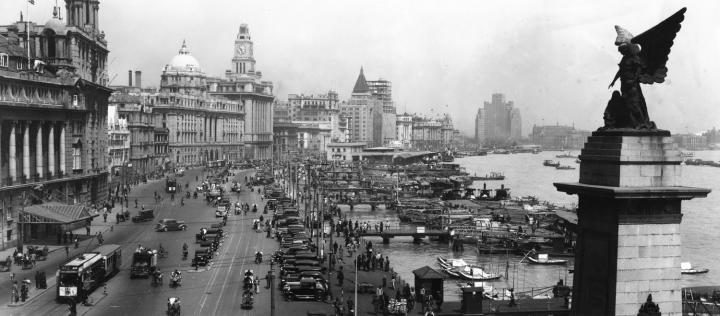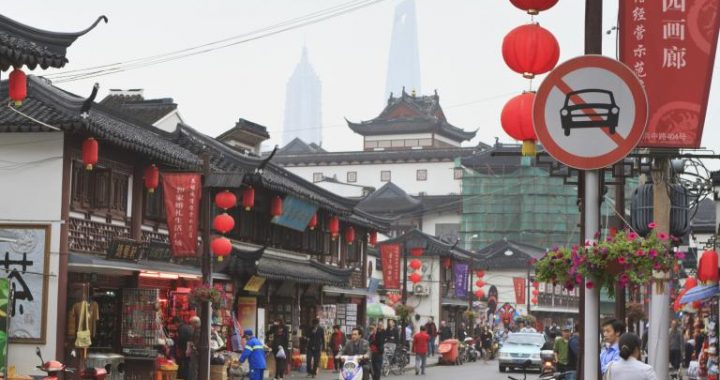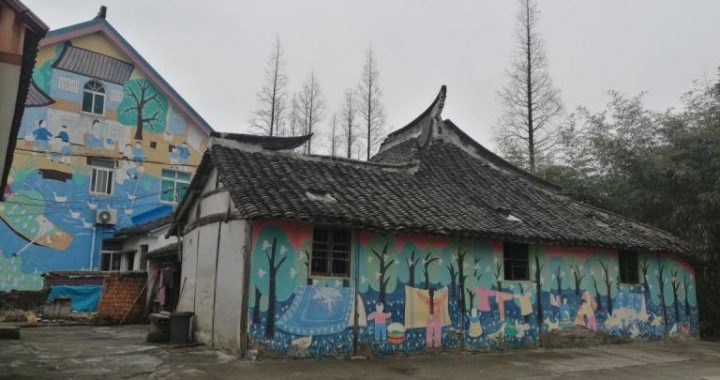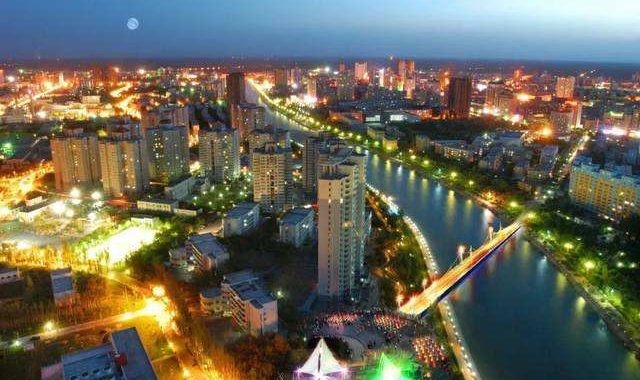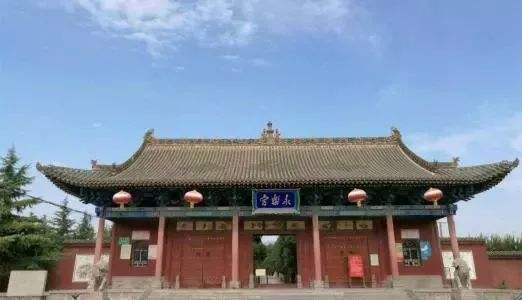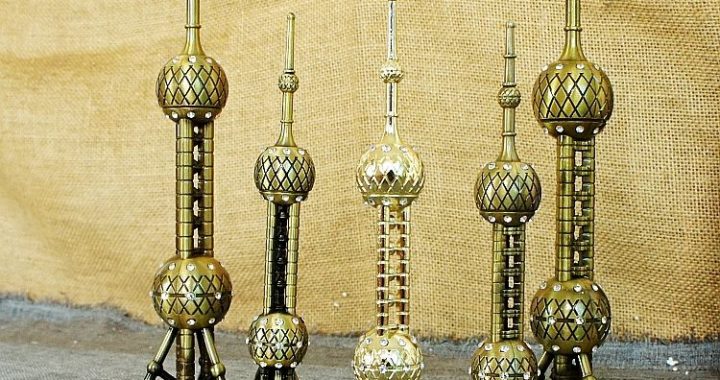Old town yu garden
2 min readNanshi displays the richness of Ming and Qing architecture and the vibrancy traditional Shanghai street life. Some call this Shanghai’s “Chinatown” because of the traditional atmosphere, though the bright visages of Colonel Sanders and neon lights lining the narrow alleys add a modern touch Considered unhealthily overcrowded, dirty and smelly by foreigners during the concession era, this was the one place that the Chinese could call their own in Shanghai.
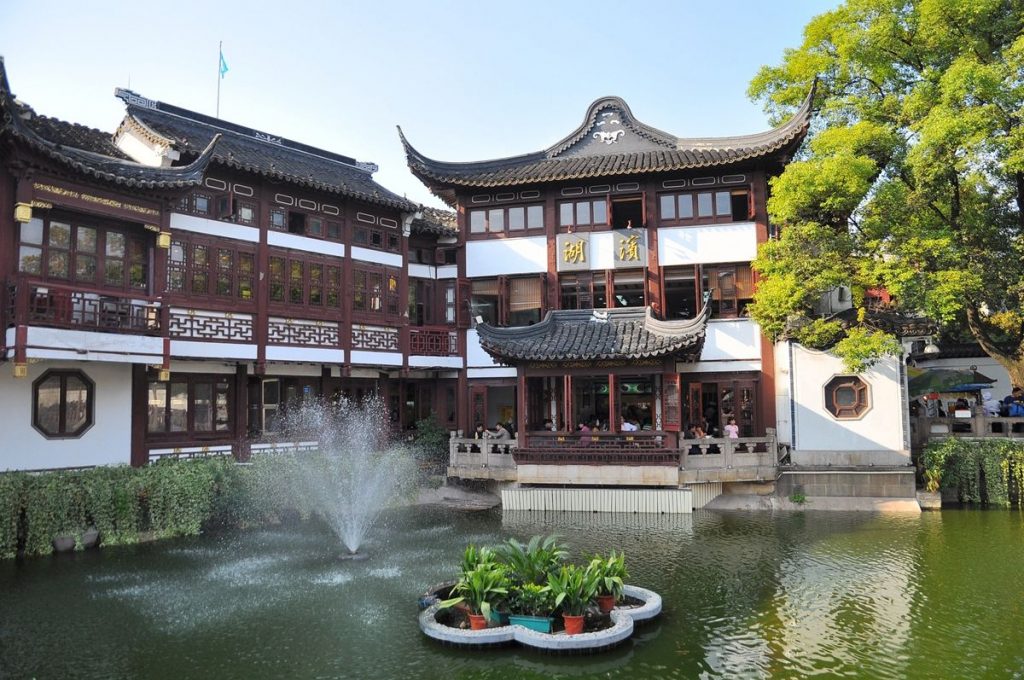
Today the Old City is one of the few historic tourist highlights in a city that’s all about modernity. One of the best ways to enter this area is through the northern gate from Renmin Road and Lishui Road. Walk south on Lishui past the new park underneath a massive gate straddling the road.
The famous Nine-Bend- Bridge in Shanghai’s’ buzzing Yu Garden.(yuyuon ji0quqido Some streets in the old City are more understated than others. Explore the sidewalk shops and lanes for quiet shopping opportunities. Small niches filled with clay kettles, glazed teacups and assorted trinkets line the walls in small stores and antiques and antique replicas lure collectors and those stumped for souvenirs ters or souvenirs. Posters of 1930’s era residential, and it’s easy to get lost in the maze of longtangs while walking past residents washing vegetables at outdoor sinks, toddlers playing hide and seek, and old men hunched over a game of Chinese chess.
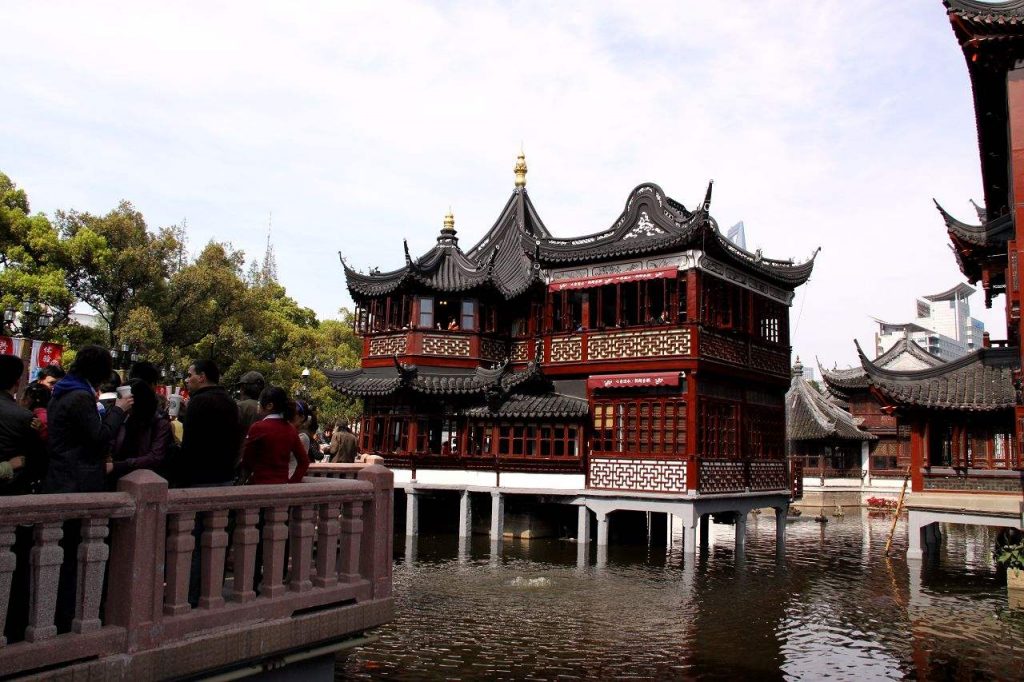
Head down Chenxiangge Road and walk west down a tight alley to the mustard yellow walls temple angge Temple(chenxiang ge). Tourists come to take peek into this tiny temple that was once part of the larger estate that held the Yu Garden. The dainty temple continues to serve the people of this neighborhood. Narrow streets are framed with tiny two-story abodes with doorways that lead to an apparent maze of cluttered corridors.
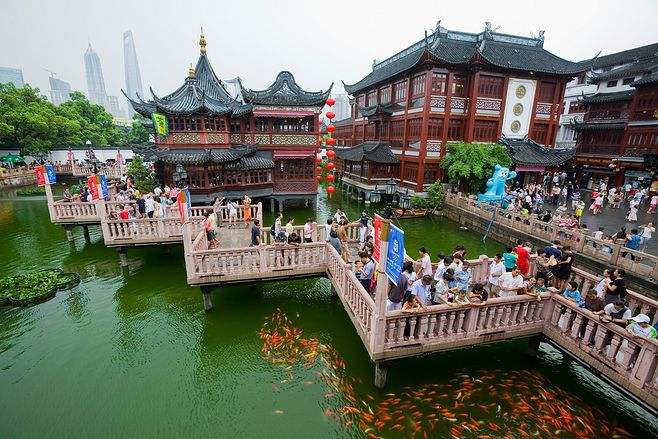
A block south is the intersection of Fuyou Road and the start of old Jiaochang Road, it’s marked with jutting traditional Chinese roof peaks and roadside vendors. Large department stores selling high-end items such as gold, pearls, massive Buddhas, silk embroidery, sandalwood fan housed in the buildings that circle the modern Garden. The kitschy atmosphere of traditional architecture spiced up with modern pop music and garish lights attract tourists like moths a flame.

Yu Garden continues to bustle with activity as it did a century ago Traditional Chinese medicine shops are also abundant -you’ ll smell them before you see them. The fragrant aromas of curious plants and dried animals will tell your nose how to reach them. Ginseng is a big seller here -the tiny roots, which are eerily human shaped, can sell for thousands of RMB and are highly valued for their therapeutic properties.
